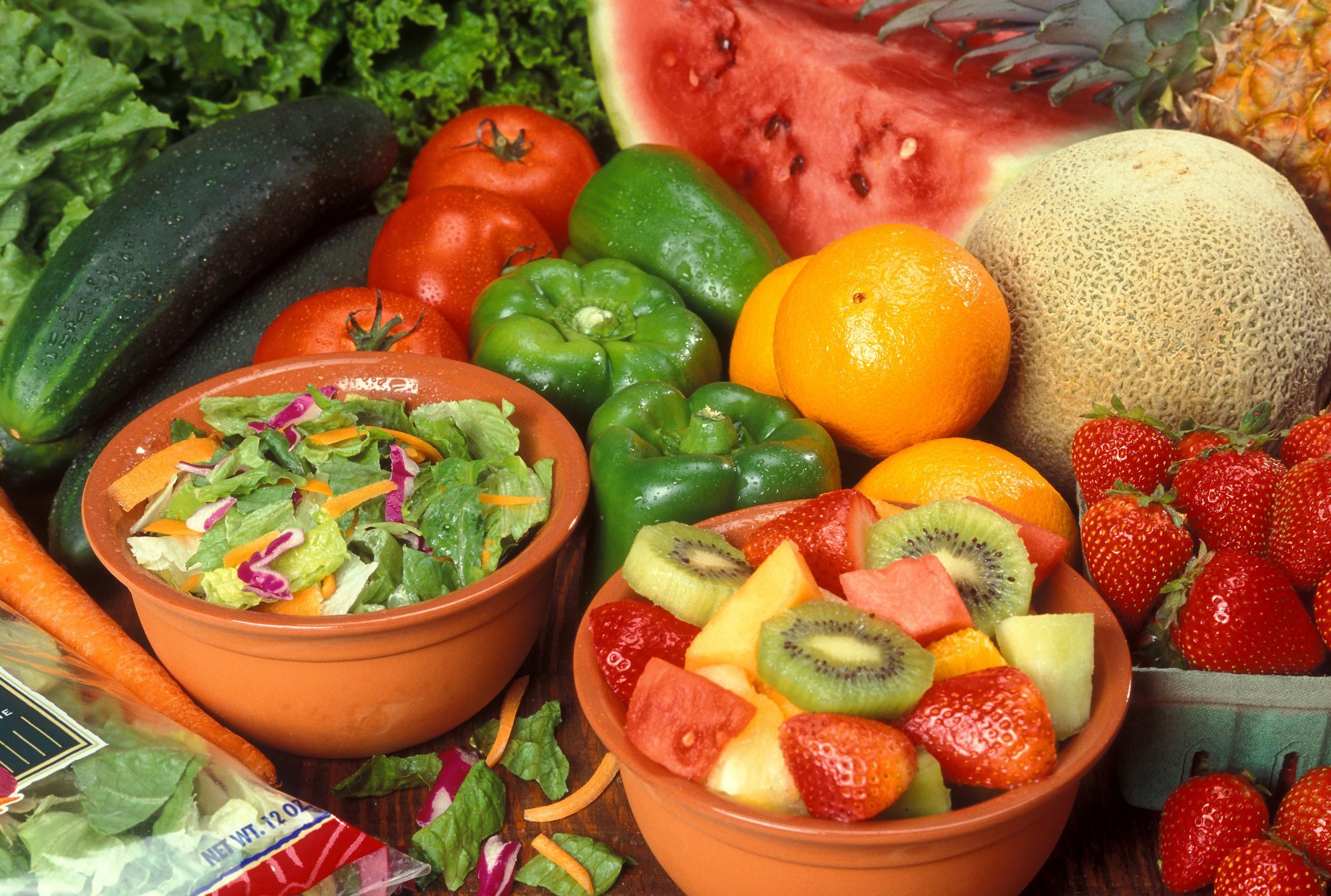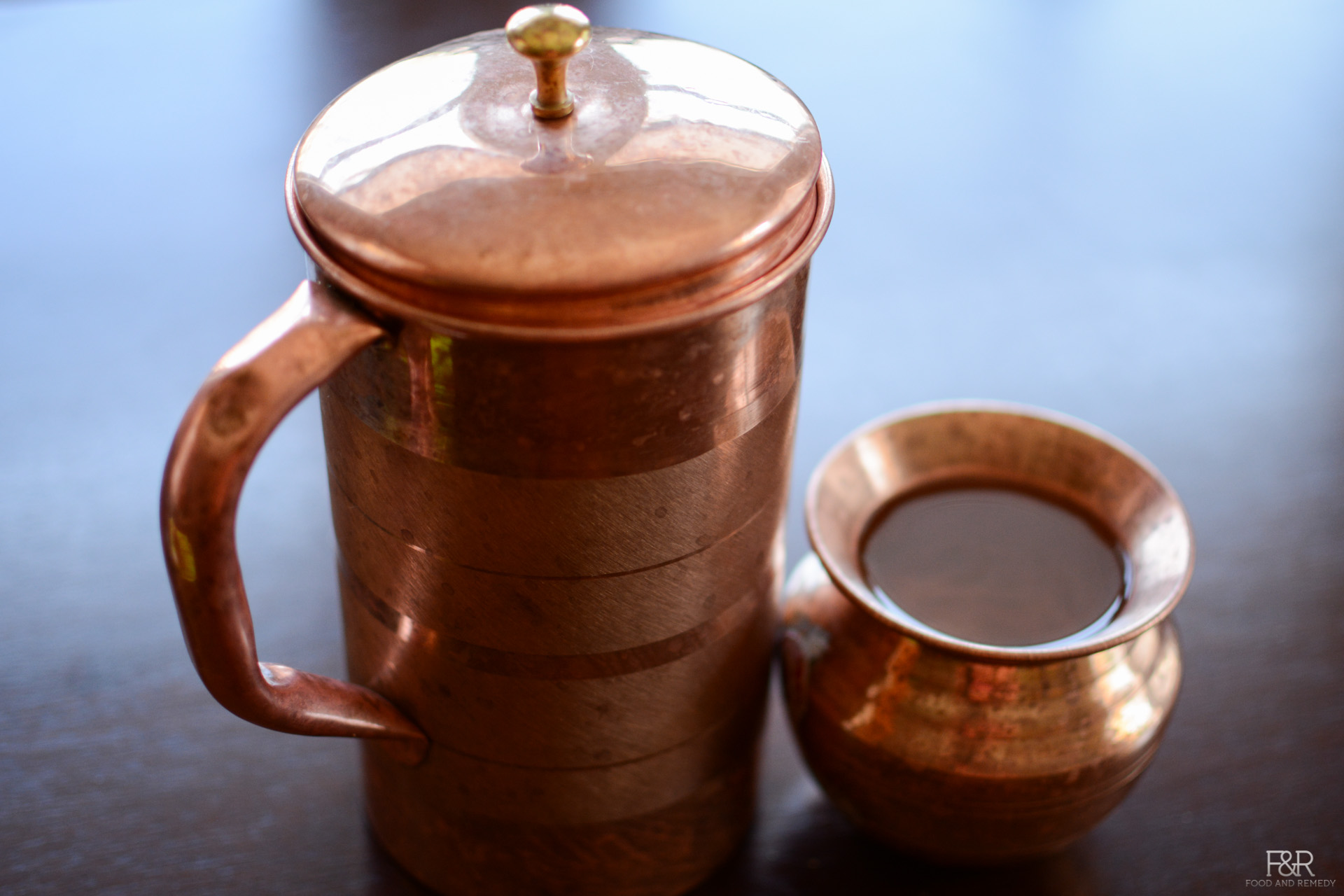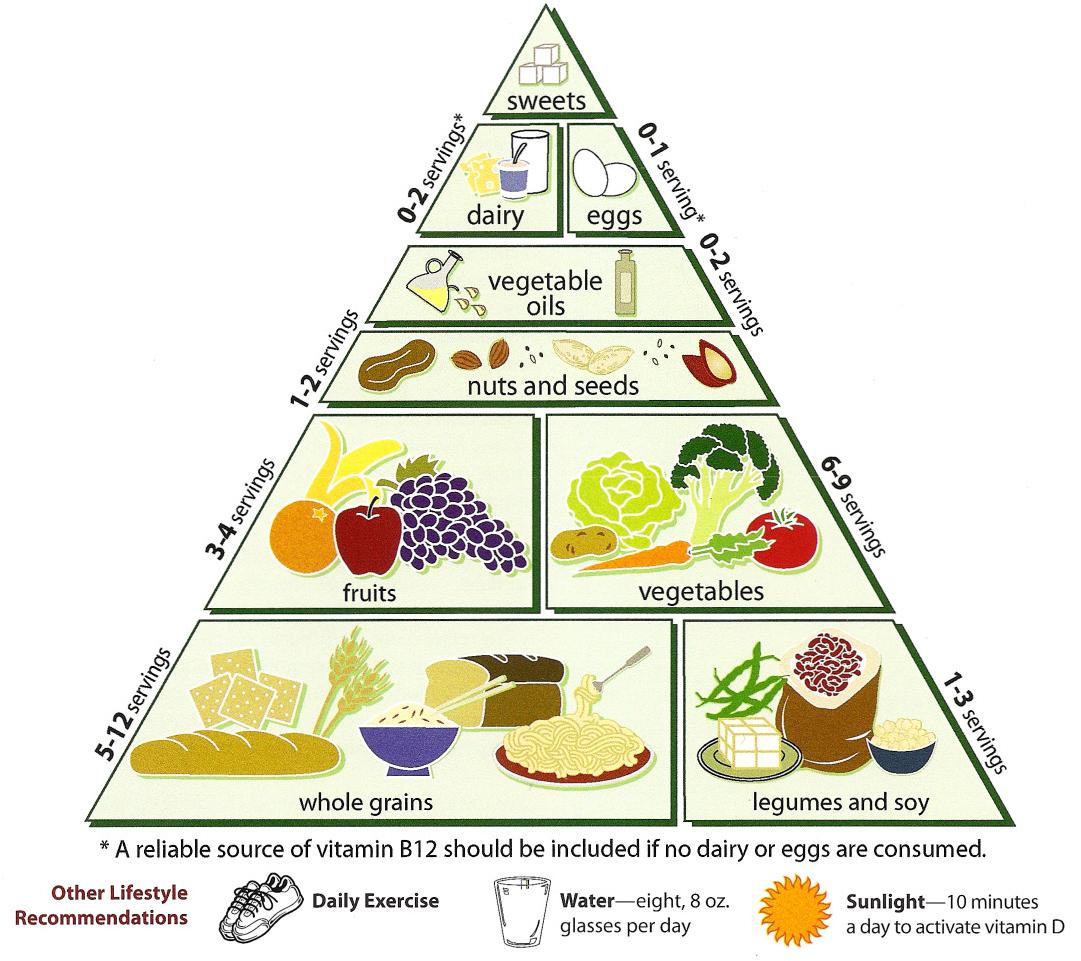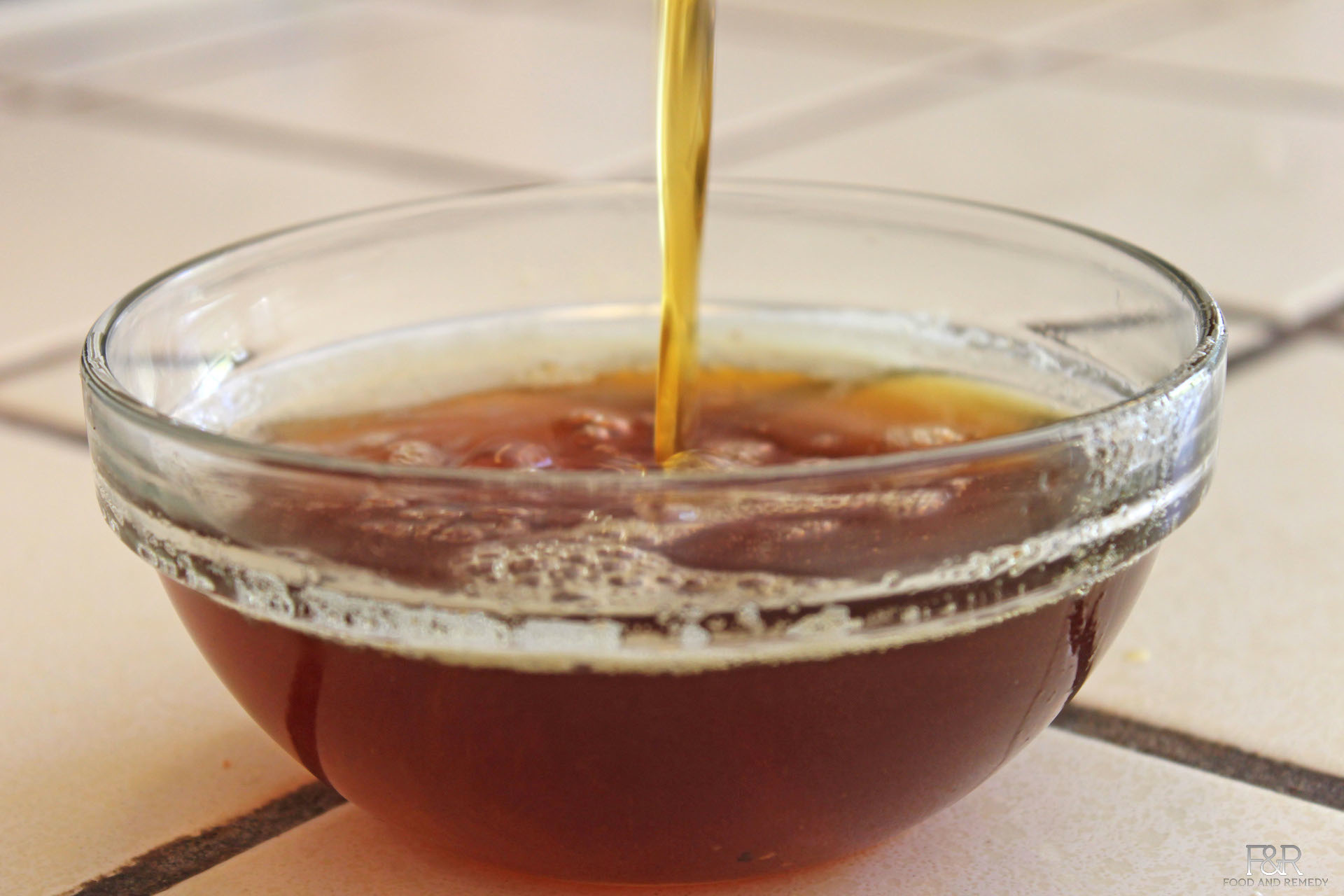Food and Nutrition

Food and Nutrition. What is it, all about? Food is the basis of all life on earth. The survival of mankind is dependent on the regular supply of food which provides nourishment to the body and energy for the daily…

Food and Nutrition. What is it, all about? Food is the basis of all life on earth. The survival of mankind is dependent on the regular supply of food which provides nourishment to the body and energy for the daily…

In these days of modern technology, we rarely, if ever, would dare to drink water directly from the tap or a pond as we are aware that it is unsafe due to the presence of disease causing bacteria, viruses and…

“Everything in the universe is medicinal – it just depends on how it’s used” – This quote also applies to the food we eat. The traditional knowledge of food being used as medicine is perhaps as old as civilization. The…

Ghee health benefits, is it a misnomer? Years ago, ghee with food brought glee Today, ghee makes one flee Believe me, the culprit is To a large extent media blitz Few are ready to find the truth Such is the…